How to Use Memory Tricks to Memorize Math Formulas?
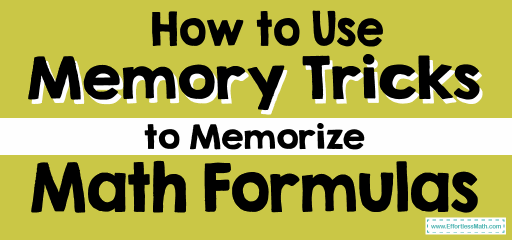
Have you ever found yourself stuck while solving a math problem because you couldn’t remember the required formula? It’s right there, dangling on the edge of your memory but just out of reach enough for you to not recall it.
If you have any education—and most of us do—you probably know what this feels like. But this doesn’t happen only to students. Classroom teachers, online tutors, and more have come up with a blank too on many occasions.
Math is an essential science subject. As Erica Sunarjo of essay writing service review outfit, Best Writers Online puts it, “many times, mathematical formulas can express a solution clearer than any words in the dictionary.”
Her sentiment is echoed in how mathematical formulas are used across many fields of endeavor—business, financial analysis, woodwork and construction, interior design, research, technology, and a lot more.
As crucial as math is, keeping track of the plethora of formulas involved can be overwhelming.
It’s worse if you’re preparing for a big test, have a bunch of finance numbers to crunch, have a tutorial session coming up, etc.
We’ve outlined a few memory tricks in this post that will show you how to memorize formulas in a way that’s easy to retain and recall.

Use established mnemonics or make up your own.
Ideally, you can use both. There are some mnemonic devices that we all know and love already. We all know BODMAS (Brackets, Orders, Division, Multiplication, Addition, and Subtraction) or PEMDAS (Parentheses, Exponents, Multiplication, Addition, and Subtraction). We also know the rule of finding the sine, cosine, and tangent of angles in a right-angled triangle—SOH CAH TOA.
There are many of these mnemonics that have made solving many math problems easier. Embrace them, and always use them when needed.
Also, you could come up with your own mnemonics.
Say your name is Elaine. You could memorize the formula E = mc² with the mnemonic “Elaine loves meerkats and cats too.” Here the “t” in too represents the power of 2 in the formula.
You can also use a visual picture to store the formula. Using items that make sense together works best for this tactic. For instance, if you want to remember the formulas 2πr or πr², you can consider a pie and a rolling. So in the case of 2πr, visualize 2 pies and a rolling pin. And for πr², picture a pie and 2 rolling pins. I’m sure you can see how these make sense.
If the visual clues you adopt are rooted in real memories, they tend to stick more.
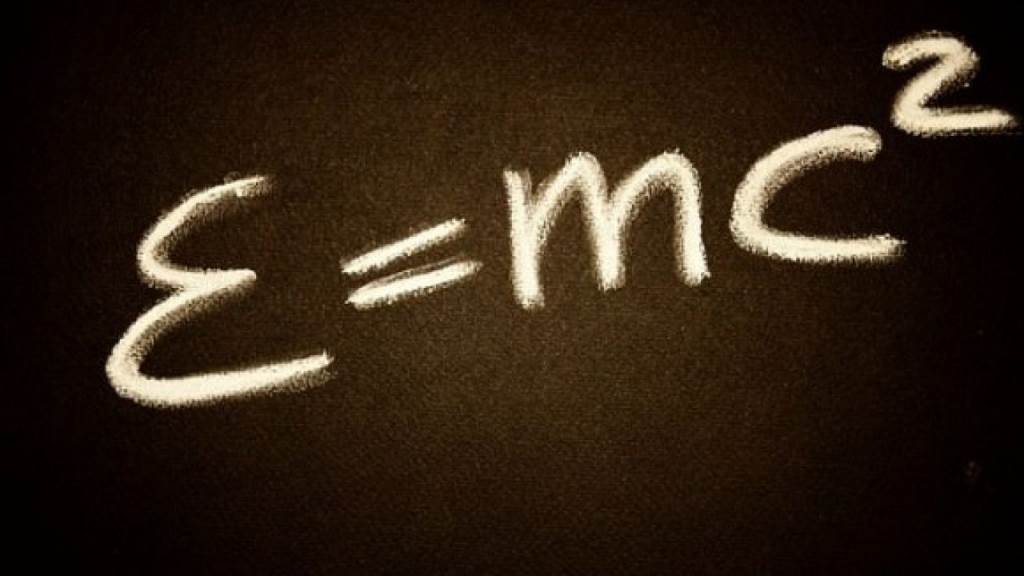
Understand how the formulas came about.
Still thinking about how to remember formulas? Before trying to cram any formula, try to understand how the formula was proven, each formula’s elements, and why they make sense together. Understanding the workings of any given formula makes it a lot easier to remember.
Let’s test this with something simple. Consider the area of an isosceles triangle as ½bh, where b is the triangle’s base, and h is the height of the triangle. If we split the triangle vertically down the middle into two equal parts, it’ll form two right-angle triangles. Place the hypotenuses of these triangles together such that they form a rectangle. You’ll find that the rectangle’s width is the same as half the base of the isosceles triangle, while the length of the rectangle is the same as the perpendicular height of the triangle.
So essentially, the area of the rectangle and that of the isosceles triangle are the same. So if the dimensions are identical, as we stated in this example, then the ½bh of an isosceles triangle is the same as the L×B of a rectangle.
Do you see how understanding the fundamentals of these shapes makes it easier to understand these formulas? This ultimately works in other areas of math beyond geometry.

Use, use, and reuse.
It’s one thing to know a formula; it’s quite another to understand how to use it. This level of intuition can only come from consistent practice. Move beyond cramming to understanding. Whether you’re a student, a tutor, or a professional, there are plenty of examples in academic texts and online forums, and websites that you can work with.
It helps to focus on one formula at a time. Plug in different figures and scenarios every time until the understanding of the formula becomes intuitive. Follow the same approach with all the formulas you can get your hands on. This way, whenever a math scenario presents itself—whether in an exam or career situation—you immediately know how to access the problem and what formula is needed for the solution.
The Absolute Best Book to Ace the College Algebra Course
Ditch the list-style method.
This one is more of a ‘do not’ than an actual tip. It is easy to fall into this trap, especially when a big test or exam is coming up, and you do not have enough time to devote to studying these formulas. In this case, people tend to create a long and boring list of all the math formulas covered in their curriculum and set about cramming them, symbols and all.
It sounds like a neat and quick trick to get a handle of these formulas on the surface. And to be fair, it may work for an exam on rare occasions, rare being the operative word. However, you’ll quickly find that you haven’t learned anything new, as these formulas will evaporate from your memory as quickly as you crammed them.
In most cases, these formulas will effortlessly jumble up in your mind, and you’ll begin to mix up elements from different formulas. The endpoint? Failure.
Remember, the goal isn’t to cram the formulas but to learn them. Understand what they do, why, and how they came about. This way, even if you forget a formula, you can use the information you know about it to reconstruct the formula in your mind.

Make use of different media.
Using mnemonics and learning why and how a formula came are fantastic memory tricks. In addition to these, consider diversifying the media you use in learning.
Instead of just textbooks and online forums, consider incorporating flash cards. This is an excellent way to bring your friends and family in on the action, as they can use the cards to help you learn. You could also write out the formulas on a large piece of paper of cardboard and paste them all around your room. Whether you’re in learning mode or not, daily exposure to them will boost your retention rate.
You could also utilize visual-audio learning. Go on YouTube or other related video resources online and find videos that explain the concept of these formulas visually. Visual learning is really more effective for most people than any other form of learning. Also, simply reciting these formulas out loud to yourself can help too.
Final Words
Remember, there is no point in employing any back-door tricks while trying to memorize formulas. Your brain will let you down when it matters the most.
So what is the fastest way to memorize formulas? The white-hat memory tricks outlined here are designed to help you learn these formulas and retain them mentally too. However, you must be ready to commit your time to this process, or you won’t get the best from it.
About the author
This article was written by Ana Mayer, a project manager with 3+ years of experience. While projects can be done without her participation (which means almost never), she likes to read and create expert academic materials for the Online Writers Rating writing review website. Such work gives her the opportunity to write articles on the most relevant topics of today.
The Best Books for Ace College Algebra
Related to This Article
More math articles
- Exploring the World of Geometry: The Intricacies of Similarity
- What Kind of Math Needed for Owning Your Own Business?
- The Ultimate MAP Algebra 1 Course (+FREE Worksheets)
- Decimal Dynamics: How to Evaluating Numerical Expressions with Decimals
- TExES Core Subjects Math Formulas
- A Comprehensive Collection of Free ParaPro Math Practice Tests
- Entertain Your Child Indoors with These Fun, Educational Activities
- Equivalent Rates
- How to Solve Pythagorean Theorem Problems? (+FREE Worksheet!)
- Mastering Translations on the Coordinate Plane: A Step-by-Step

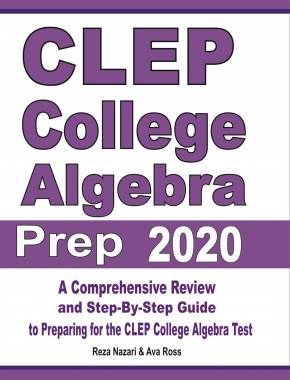


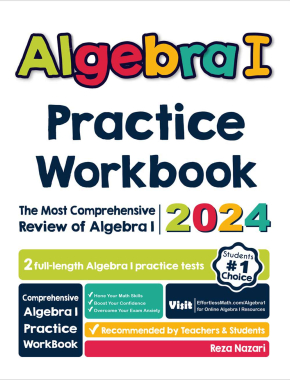
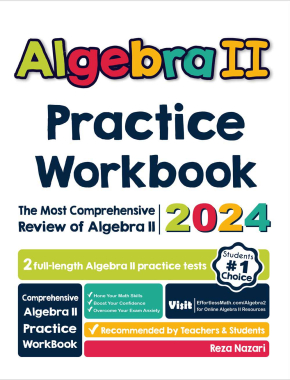














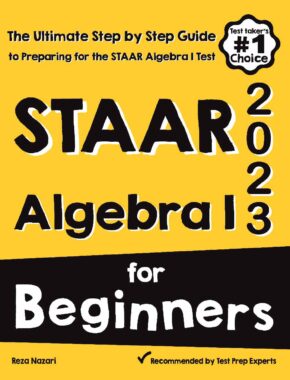
What people say about "How to Use Memory Tricks to Memorize Math Formulas? - Effortless Math: We Help Students Learn to LOVE Mathematics"?
No one replied yet.